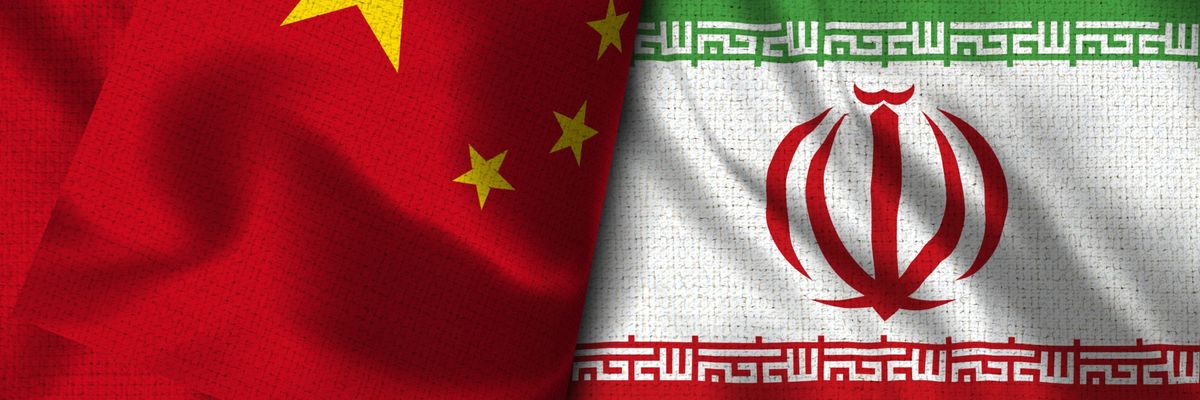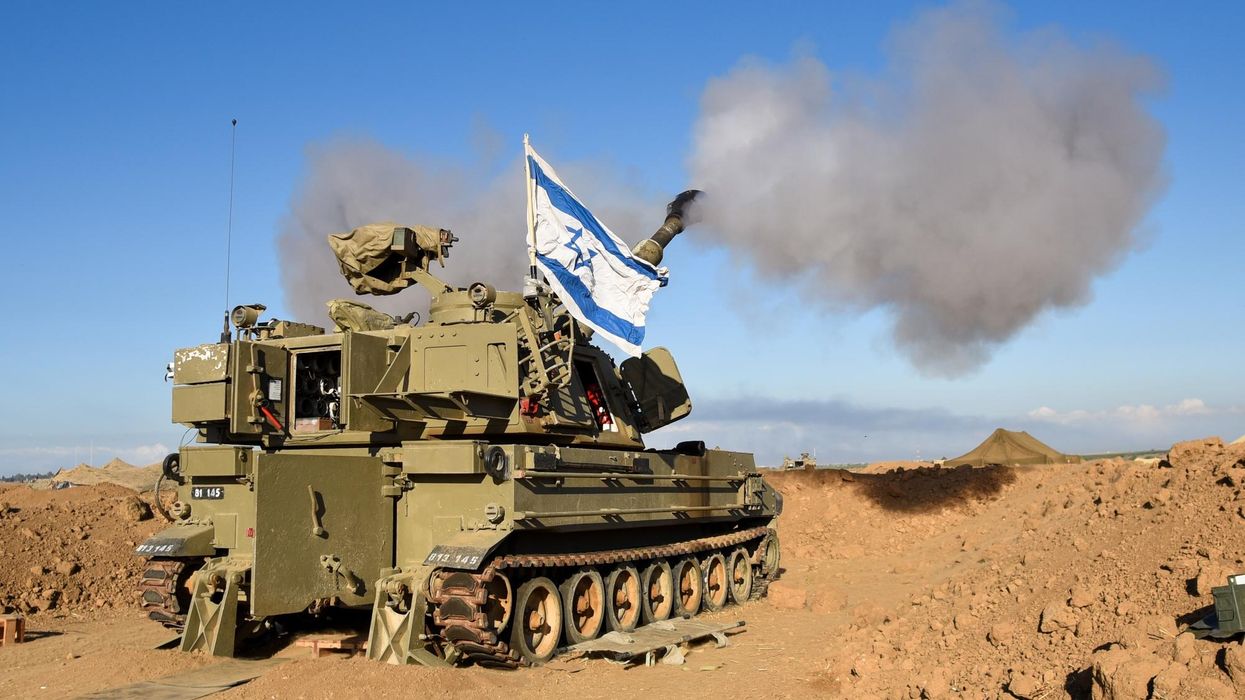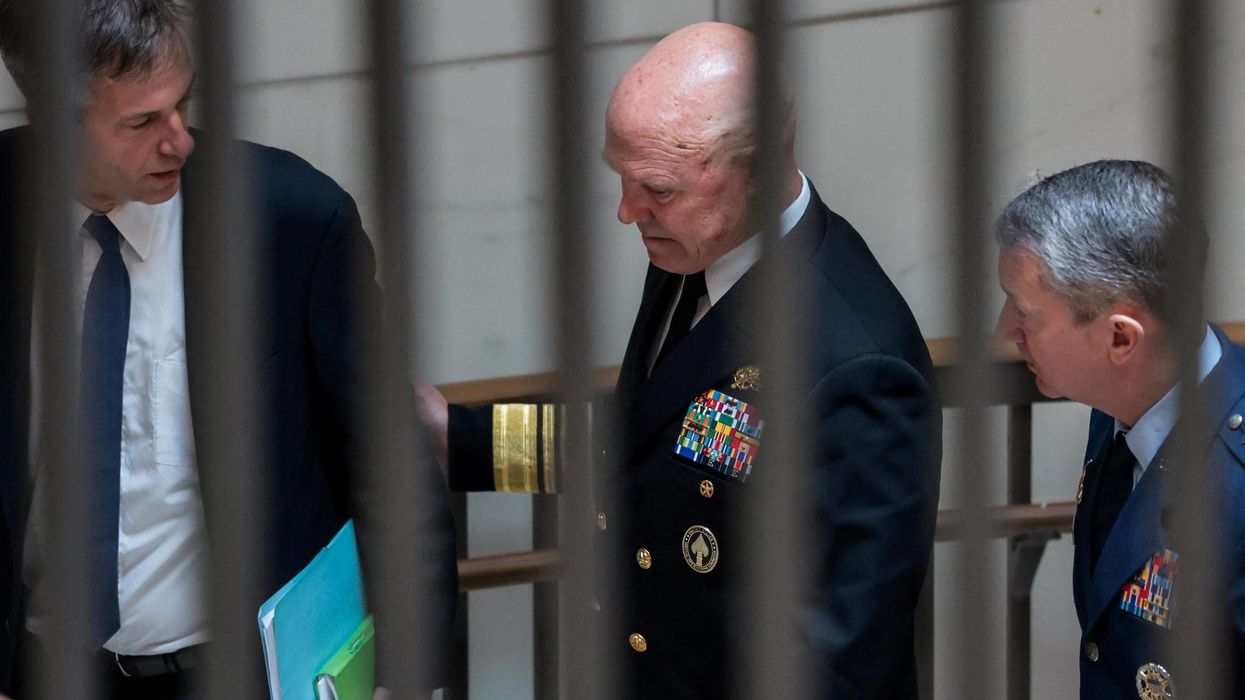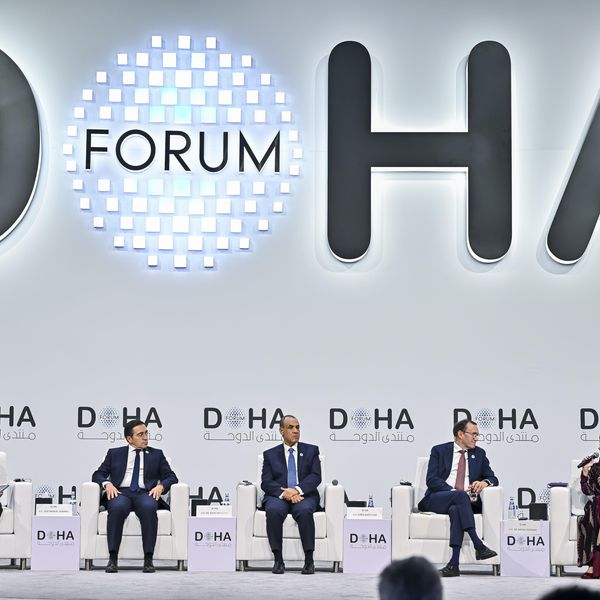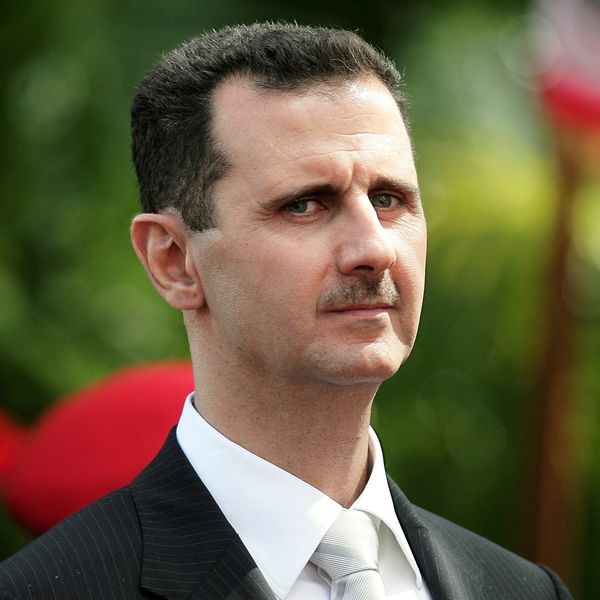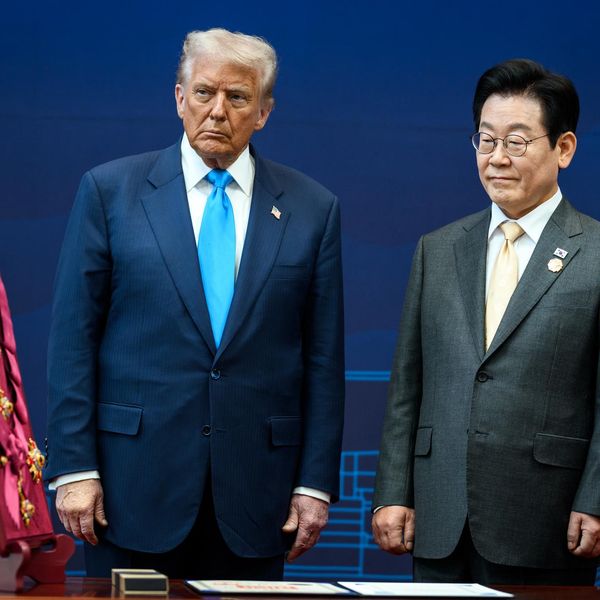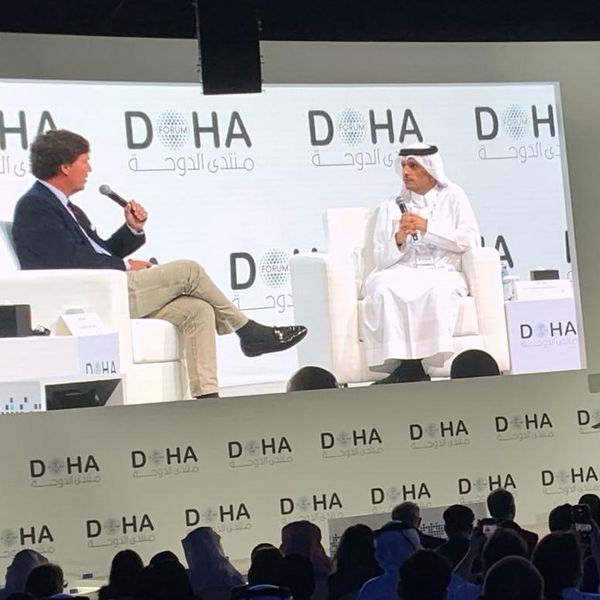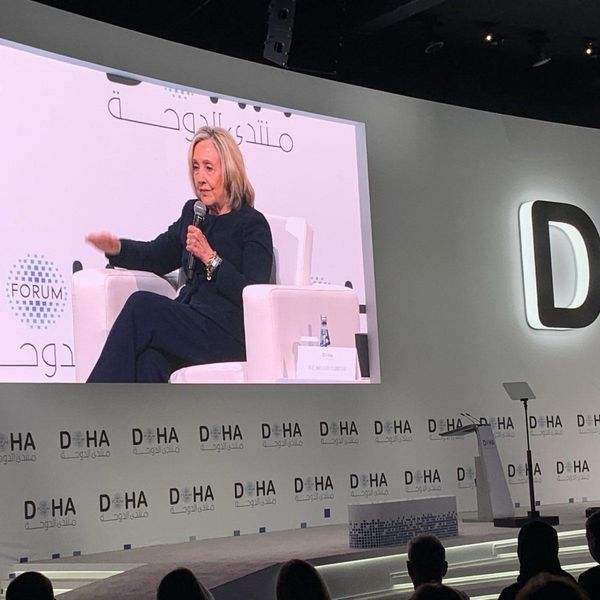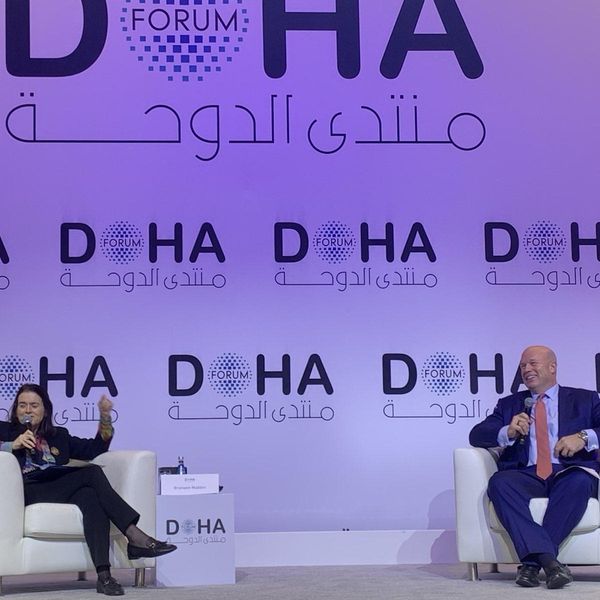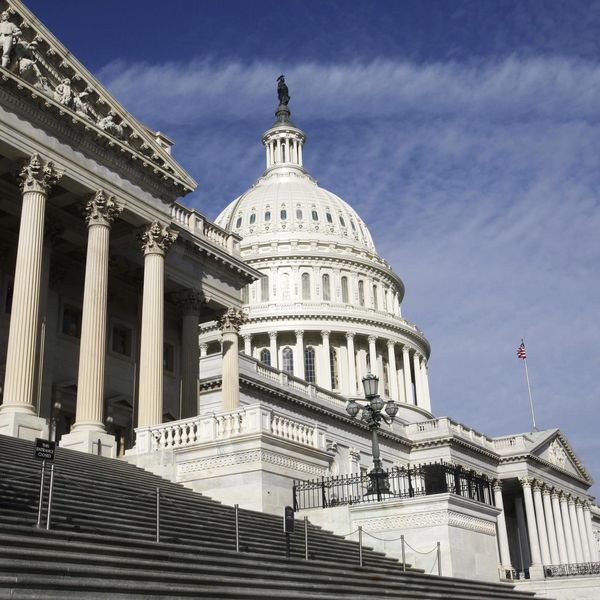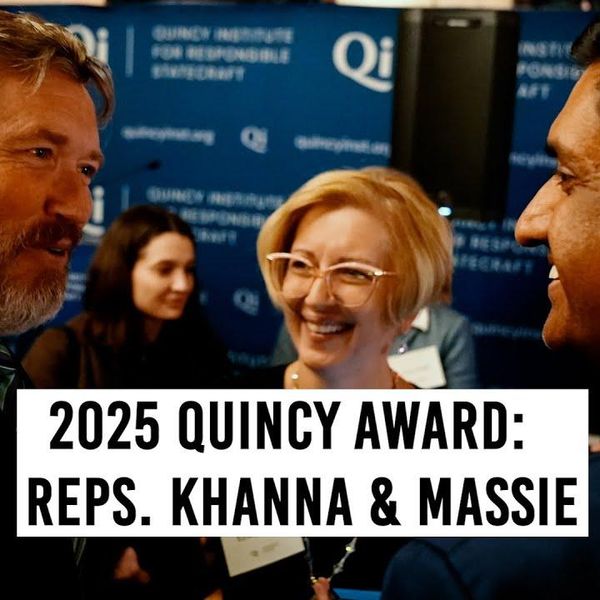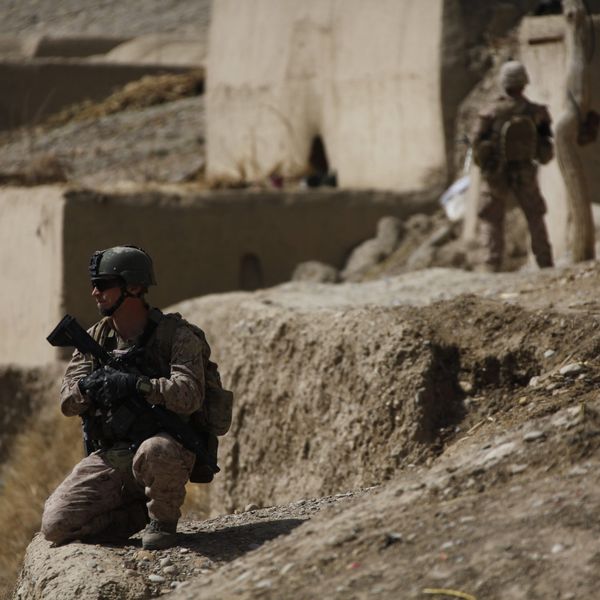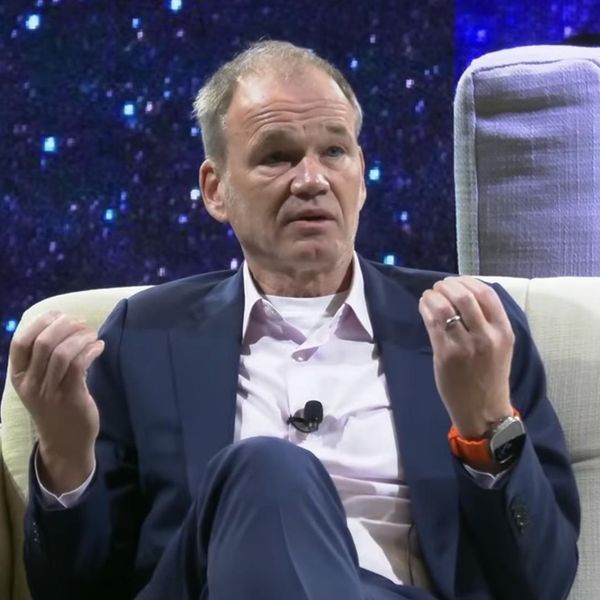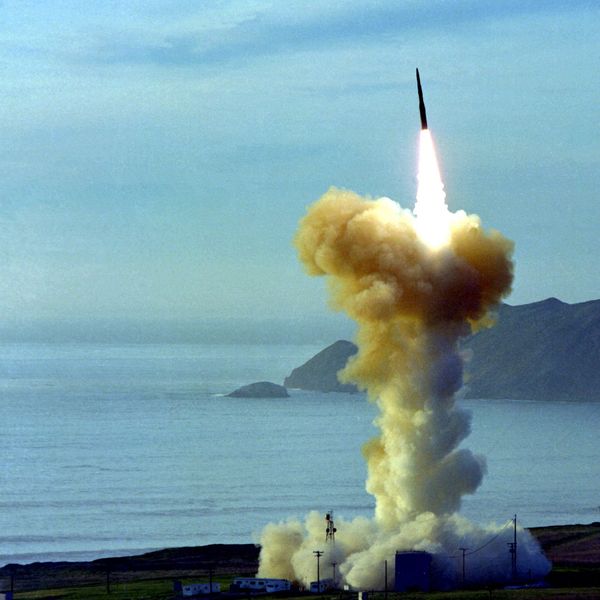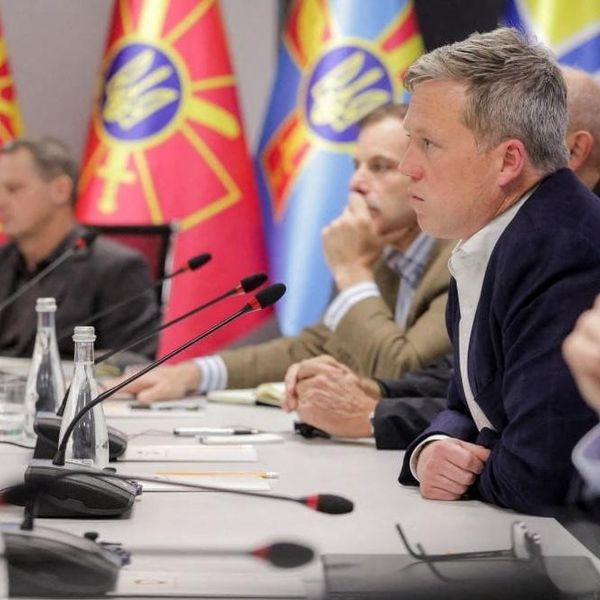The news of a 25-year comprehensive cooperation agreement secretly signed between the Iranian government and China has been the hot topic of the last few weeks, generating a considerable amount of speculation, exaggeration, and politically biased interpretation. In reality, the accord does not seem to have the potential to revolutionize the path of China-Iran relations, which has been quite consistent since 1979.
Much of the hype brewed around the agreement has been pushed by political figures and organizations that have agendas to promote. The former President Ahmadinejad, rallying his base in the Gilan province, pointed to the supposed secrecy of the accord, predicting its rejection by the Iranian nation. From his exile in Washington, Reza Pahlavi denounced the “shameful, 25-year treaty with China that plunders our natural resources and places foreign soldiers on our soil.” The son of Shah mentioned the “stationing” of Chinese troops in Iran as part of the agreement, implicitly quoting a Petroleum Economist’s piece published in September 2019, which I spent some time to debunk. Interestingly, the same author penned another piece published by OilPrice on July 6, 2020, quoting the same enormous figures presented last year and highlighting a “new military element with enormous global security implications” added to the 25-year agreement.
The “leak” of the final draft of the accord that has circulated since last week, however, suggests a much less spectacular, definitely more realistic, picture. While the 18 page document flashes out what undoubtedly is a comprehensive, long-term partnership with various strategic ramifications, it does not depart much from the premises and scope of the roadmap of the Comprehensive Strategic Partnership, or CSP, publicly agreed to by Xi Jinping and Hassan Rouhani in January 2016. Yet, the document presents some interesting elements. China will become Iran’s privileged partner in the development of various strategic projects ranging from energy infrastructure, to telecommunications, software development, banking, railroads, and ports. On the other side, Tehran will regularly supply Beijing with its oil for the next 25-years. The military section of the accord is wide-ranging and calls for a joint commission for military industries, investment, design and production of armaments. However, there is no mention of Chinese military personnel deployed in Iran, nor of the deployment of long-range China-modified Tupolev bombers and fighter jets in Hamedan and other dual-use airports suggested by OilPrice.
Overall, the terms of the agreement presented in the 18 page draft expand the already existing framework of the CSP. The absence of specific references to the amount and exact allocation of resources, the implementation mechanisms, and clear deadlines suggest that the accord per se does not represent a major departure from the current trajectory of China-Iran relations, nor a blow to Beijing’s Persian Gulf strategy. Vice versa, the vagueness of the agreement, as well as its overall limited potential, are grounded in the bilateral, regional, and global dynamics that involve Beijing and Tehran.
Since 2016, both the Chinese and Iranian discourses about the CSP has been dominated by big announcements and constant references to the long-lasting friendship existing between the two countries. However, the excitement periodically emerging around the partnership has rarely been matched by its actual implementation. The effect of Washington’s maximum pressure campaign, which has radically changed the context within which Beijing and Tehran defined the CSP, and China’s tendency to realize ad hoc projects rather than remaining committed to broader arrangements have significantly exposed the implementation limits that are intrinsically part of the 2016 cooperation framework. Even from a political perspective, while China has vocally opposed U.S. unilateral sanctions and, recently, rebuffed the proposed extension of the United Nations Security Council arms embargo on Iran, its effective commitment to a sustained comprehensive strategic partnership with Tehran is not detached from systemic considerations.
In the last decade, China has progressively increased its footprint in the Persian Gulf. To reach what now is a stable and arguably successful presence in such a contentious region, Beijing adopted a unique strategy. Rather the mimicking the approach of the United States, the PRC has consolidated good relationships with every regional actor. At the apex, Saudi Arabia, the UAE, and Iran enjoy the status of China’s comprehensive strategic partners. The underlying result of this strategy is a careful and constant act of balancing aimed at navigating successfully the rivalries and security concerns of the Persian Gulf states, pushing the idea of win-win cooperation that works both at the bilateral and regional level. The result is that China is not likely to jeopardize the relationship with its Arab partners by pushing too far its partnership with Iran. As Dr. Jonathan Fulton, non-resident senior fellow at the Atlantic Council, pointed out talking about how likely China is to become a major arms supplier to Iran after the expiration of the UNSC embargo, “in isolation, it makes perfect sense” but such a move would “alienate several Iranian rivals across the Middle East, many of which are also strategic partners for China” — something that Beijing does not want.
At the global level, China is engaged in a complex, multi-layered competition with the United States. Historically, Iran has been directly and indirectly involved in it, enjoying Beijing’s will to support Tehran as a balancer to Washington’s regional presence, but also suffering China’s tendency to prioritize its relationship with the United States over that with Iran. A good example of the relevance of the China-U.S.-Iran triangle comes from the interplay between the U.S. maximum pressurecampaign and the U.S.-China trade war. In January 2020, the U.S. Treasury lifted sanctions on a unit of COSCO, the Chinese shipping giant, sanctioned in September 2019 for transporting Iranian oil after the expirations of waivers. Interestingly, the decision came after the two parties agreed the Phase One trade agreement earlier that month: a plausible sign that the Iranian dossier was discussed during the negotiations. It is clear that China needs a partnership with Iran that is flexible enough to serve its own broader strategic interests, sometimes at the expense of the partnership itself.
Overall, China and Iran have reasons to cooperate and mutual interests that could be progressively expanded in the coming years. However, this will not come at the expense of China’s growing footprint in the Persian Gulf and, more importantly, not without a much more robust and detailed set of goals and implementation mechanisms than those established by the final draft of the 25 year comprehensive agreement, a reality check that significantly downplays many of the exaggerated claims about the China-Iran Comprehensive Strategic Partnership.

